In today’s digital landscape, having a well-optimized website is crucial for achieving high rankings in search engine results pages (SERPs). While content and backlinks play significant roles in SEO, the foundation of a successful website lies in its architecture. In this article, we will delve into the intricacies of website architecture and explore the best practices that can unlock SEO success. Whether you’re a business owner, a web developer, or an aspiring SEO professional, understanding and implementing effective website architecture strategies will greatly enhance your website’s visibility and organic traffic.

1. Introduction
In this digital age, where search engines dominate the online ecosystem, it’s essential to comprehend the fundamental elements of website architecture to ensure your website is search engine-friendly. A well-designed website architecture not only helps search engines crawl and index your content efficiently but also provides a seamless user experience.
2. Understanding Website Architecture
2.1 Importance of Website Architecture for SEO
Website architecture refers to the structure and organization of a website’s content, navigation, and URLs. It provides a blueprint for search engine crawlers to understand the hierarchy of your website’s pages and their relationship to each other. A well-optimized website architecture offers several benefits for SEO:
Improved Crawling and Indexing: A clear and logical website structure allows search engine crawlers to navigate and index your site more effectively, ensuring that all your valuable content is discovered and ranked appropriately.
Enhanced User Experience: A well-organized website architecture improves user experience by making it easier for visitors to find relevant information, navigate through your site, and complete desired actions.
2.2 Key Components of Website Architecture

To create a solid foundation for your website’s SEO success, it’s crucial to focus on the following key components of website architecture:
Clear URL Structure: Utilize descriptive and keyword-rich URLs that reflect the content hierarchy and make it easier for both search engines and users to understand the page’s context.
Content Organization: Categorize and subcategorize your content to provide a logical structure. This helps visitors find related information easily and allows search engines to understand the topical relevance of your pages.
3. Creating a Solid Website Structure
A solid website structure is essential for optimal SEO performance. Let’s explore some best practices for creating an effective website structure:
3.1 Defining Clear URL Structure
A clear and organized URL structure is vital for both users and search engines. Use descriptive keywords in your URLs, separate words with hyphens, and avoid using excessive parameters or unnecessary characters. For example:
Bad URL: www.example.com/page1?id=12345
Good URL: www.example.com/category/page-title
3.2 Organizing Content with Categories and Subcategories
Categorizing your content into logical categories and subcategories helps visitors navigate your website effortlessly. It also aids search engines in understanding the topical relevance and hierarchy of your pages. Consider using H2 and H3 headings to indicate categories and subcategories, respectively.
3.3 Implementing Navigation Menus
An intuitive and user-friendly navigation menu is crucial for guiding visitors throughout your website. Implement clear and concise menus that highlight the main categories and subcategories, allowing users to access different sections effortlessly. Well-structured navigation menus enhance user experience and assist search engines in understanding your website’s hierarchy.
4. Optimizing Website Speed and Performance
Website speed and performance are critical factors that significantly impact user experience and SEO. Here are some optimization techniques to ensure your website loads quickly and performs well:
4.1 Minimizing Page Load Times
Page load times directly affect user engagement and satisfaction. Optimize your website’s performance by minimizing the size of your code, leveraging browser caching, and reducing server response time. Compressing CSS and JavaScript files, as well as using efficient coding practices, can contribute to faster loading speeds.
4.2 Compressing Images and Files
Large image and file sizes can slow down your website’s loading speed. Compress images without compromising quality, and utilize file compression techniques such as Gzip to reduce the size of HTML, CSS, and JavaScript files. This ensures faster load times and a better user experience.
4.3 Caching and Browser Storage
Leverage browser caching to store static files locally on a user’s device, reducing the need to download them with each visit. Implement caching strategies and utilize Content Delivery Networks (CDNs) to optimize your website’s performance further.
5. Mobile-Friendly Design and Responsiveness
With the increasing number of users accessing the internet via mobile devices, having a mobile-friendly website is no longer optional—it’s a necessity. Follow these guidelines to ensure your website is optimized for mobile devices:

5.1 Importance of Mobile-Friendly Websites
Search engines prioritize mobile-friendly websites in their rankings, considering the rising mobile user base. Additionally, a mobile-responsive design ensures a seamless user experience across different devices and screen sizes, leading to increased engagement and conversions.
5.2 Responsive Web Design
Implement responsive web design principles to create a website that automatically adjusts its layout and content based on the device and screen size. This approach eliminates the need for separate mobile and desktop versions, streamlining your website management and improving user experience.
6. Implementing Proper Internal Linking
Internal linking is a powerful SEO strategy that helps search engines discover and understand the relationships between your website’s pages. Follow these best practices for effective internal linking:
6.1 Benefits of Internal Linking
Internal links connect different pages within your website, distributing link equity and establishing a hierarchy of importance. They help search engines crawl and index your content, improve user navigation, and enhance the topical relevance and authority of your pages.
6.2 Strategic Internal Linking Practices
Strategically place internal links within your content using descriptive anchor text. Link to relevant pages that provide additional information or expand on the topic. Ensure a balanced link distribution throughout your website, giving priority to important pages or cornerstone content.
7. Technical SEO Considerations
When it comes to optimizing a website for search engines, technical SEO considerations play a crucial role in determining its success. In the context of the best SEO company in Dubai, several factors come into play. Firstly, ensuring proper website structure and navigation is essential for search engines to crawl and index the site effectively. This includes optimizing URL structure, implementing XML sitemaps, and creating a logical internal linking system. Additionally, optimizing website speed and performance is vital to provide a seamless user experience and improve search engine rankings. Mobile responsiveness and mobile-friendly design are also crucial, given the increasing prevalence of mobile searches.
Furthermore, optimizing metadata, headers, and tags with relevant keywords helps search engines understand the content and context of the website. Lastly, implementing schema markup and structured data can enhance the visibility of search engine results with rich snippets. By considering these technical SEO factors, the best SEO company in Dubai can ensure their clients’ websites are optimized for improved search engine visibility and organic traffic.
In addition to website structure and content optimization, certain technical aspects play a crucial role in SEO success. Pay attention to the following technical considerations:
7.1 XML Sitemaps
Create and submit an XML sitemap to search engines to ensure efficient crawling and indexing. A well-structured XML sitemap helps search engines discover all your important pages, including those with dynamic content or restricted access.
7.2 Robots.txt
Utilize a robots.txt file to guide search engine crawlers on which pages to crawl and which to exclude. Ensure that essential pages are accessible and crawlable, while sensitive or duplicate content is appropriately restricted.
7.3 Canonical URLs
Canonical URLs help prevent duplicate content issues by specifying the preferred version of a page when multiple versions exist. Implement canonical tags to consolidate the authority and relevance of similar pages, improving SEO performance.
8. User Experience and SEO
User experience and SEO go hand in hand. A positive user experience leads to increased engagement, longer session durations, and higher conversions. Consider the following factors to enhance user experience:
8.1 Optimizing Website Navigation
Create a user-friendly navigation system that allows visitors to find information effortlessly. Implement breadcrumb navigation, a search bar, and clear navigation menus to ensure users can quickly locate desired content.
8.2 Engaging and Relevant Content
Deliver high-quality, engaging content that satisfies user intent and provides value. Craft compelling headlines and meta descriptions that entice users to click through from search engine results pages. Utilize multimedia elements like images, videos, and infographics to enhance the visual appeal and shareability of your content.
9. Monitoring and Continuous Improvement
SEO is an ongoing process, and monitoring your website’s performance is crucial for continuous improvement. Keep track of relevant metrics and user behavior to identify areas for optimization and refine your website architecture accordingly.
9.1 Regularly Analyzing Website Metrics
Utilize tools like Google Analytics to monitor key metrics such as organic traffic, bounce rates, average session duration, and conversions. Analyzing these metrics provides insights into the effectiveness of your website architecture and allows you to make data-driven decisions.
9.2 Tracking User Behavior
Understand how users interact with your website by analyzing heatmaps, scroll depth, and click-through rates. This information helps identify user preferences, pain points, and areas that require improvement in terms of website architecture and user experience.
10. Conclusion
Mastering website architecture is paramount to achieving SEO success. As an SEO company in Dubai we recognize the significance of website structure in enhancing online visibility. By optimizing for speed and performance, prioritizing mobile-friendliness, implementing strategic internal linking, and considering technical SEO aspects, we create a solid foundation for your website’s rankings in search engine results pages. With our expertise, we ensure that your website not only meets the standards of search engine algorithms but also delivers an exceptional user experience. Trust our SEO company in Dubai to guide you towards unlocking the full potential of your website’s visibility and attracting valuable organic traffic.
11. FAQs
11.1 Why is website architecture important for SEO?
Website architecture is essential for SEO as it provides a structure that helps search engine crawlers understand your content and improves user experience through organized navigation and relevant categorization.
11.2 How can I optimize my website’s speed and performance?
To optimize your website’s speed and performance, minimize page load times by compressing files, leveraging browser caching, and optimizing images. Ensure efficient coding practices and utilize Content Delivery Networks (CDNs).
11.3 What is responsive web design?
Responsive web design is an approach that ensures websites automatically adapt and provide an optimal viewing experience across various devices and screen sizes, including desktops, tablets, and mobile phones.
11.4 What are XML sitemaps and how do they help with SEO?
XML sitemaps are files that list the URLs of a website, allowing search engines to discover and index pages more efficiently. XML sitemaps help search engines understand the structure and hierarchy of your website, leading to improved visibility in search results.
11.5 How can I track and analyze my website’s performance?
You can track and analyze your website’s performance using tools like Google Analytics. Monitor organic traffic, bounce rates, average session duration, and conversions to gain insights into the effectiveness of your website architecture and make data-driven improvements.

